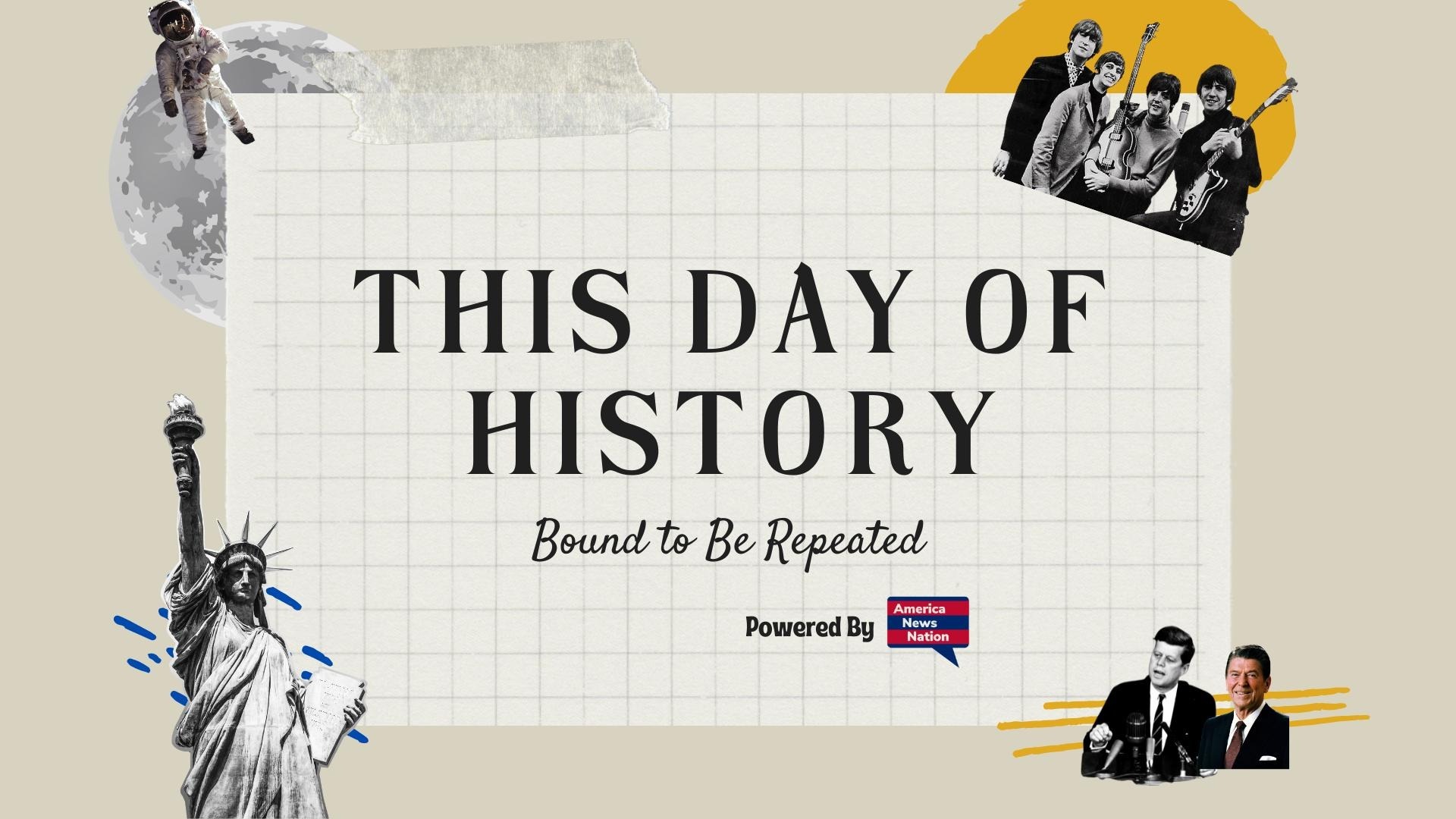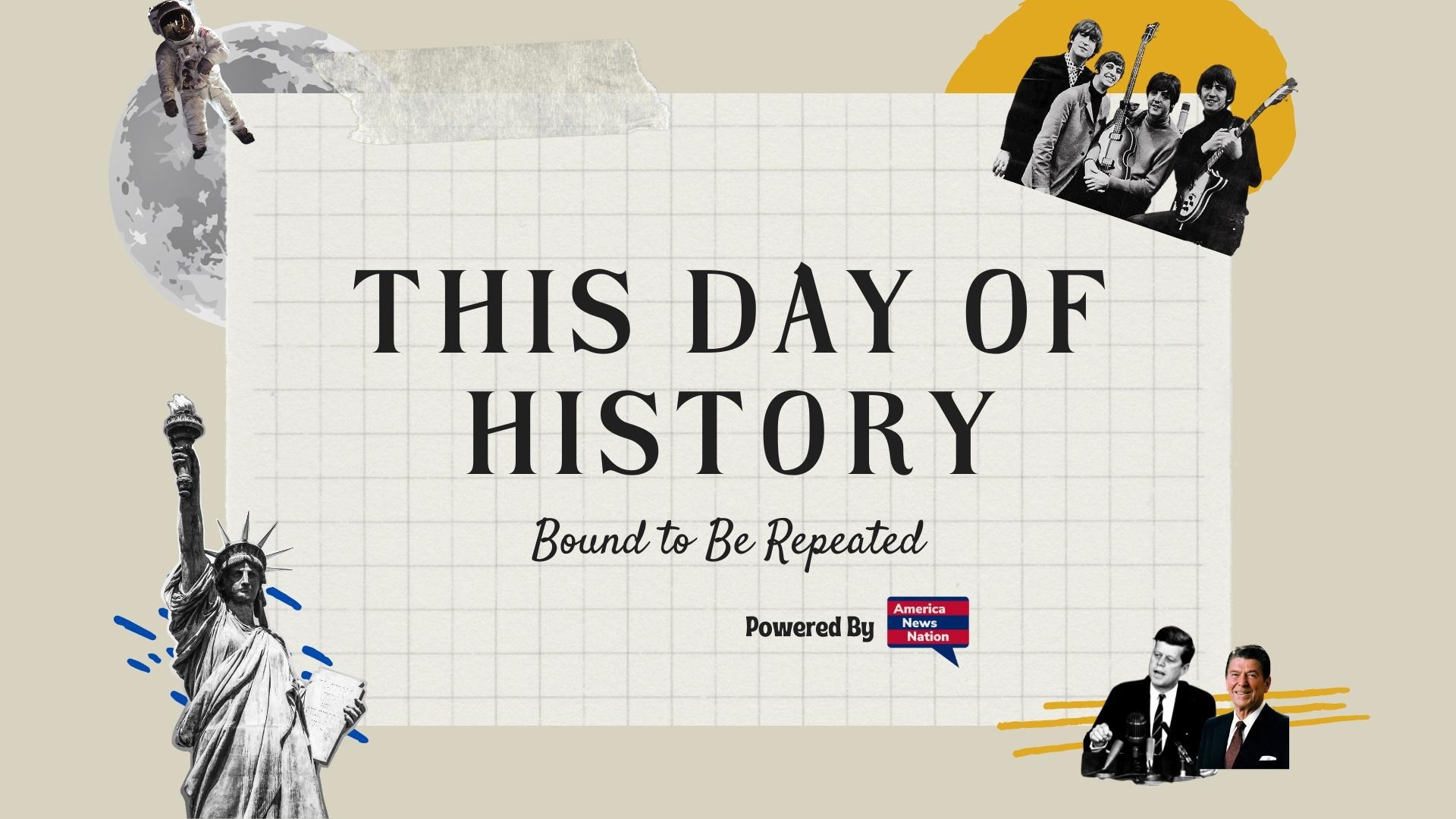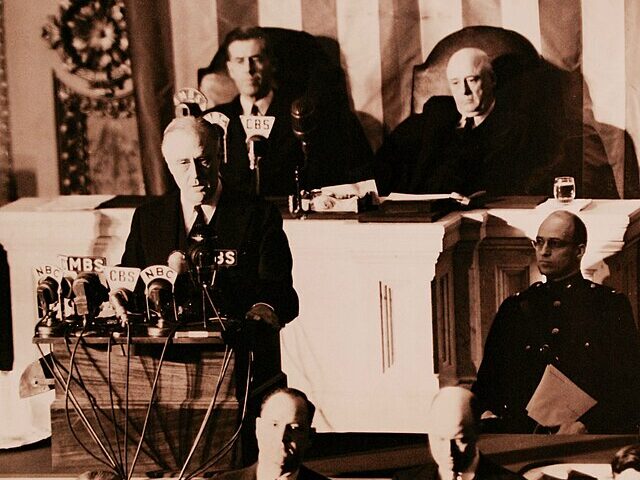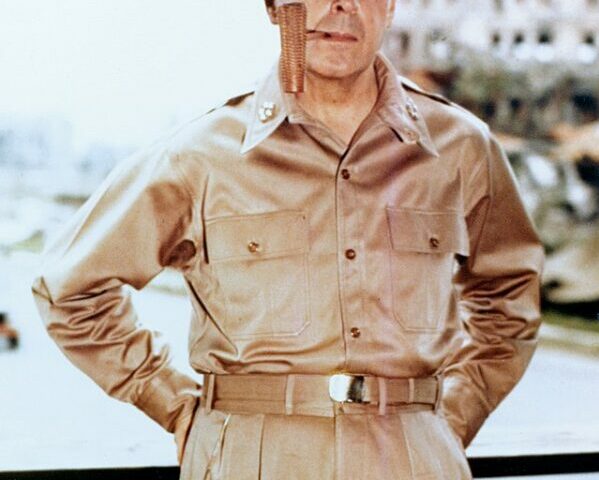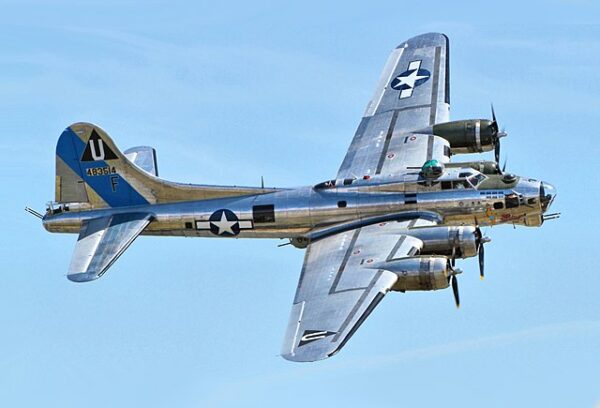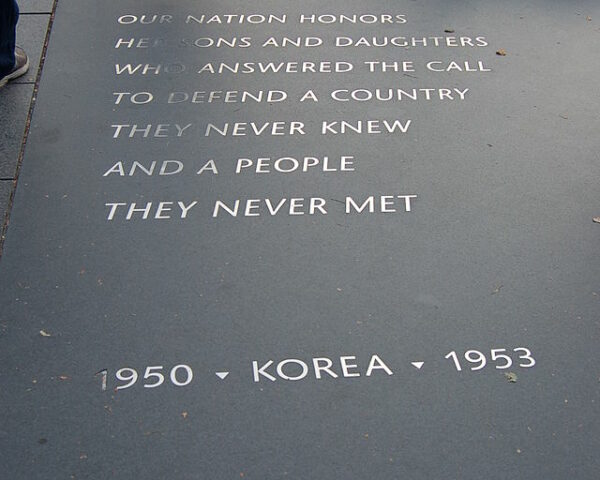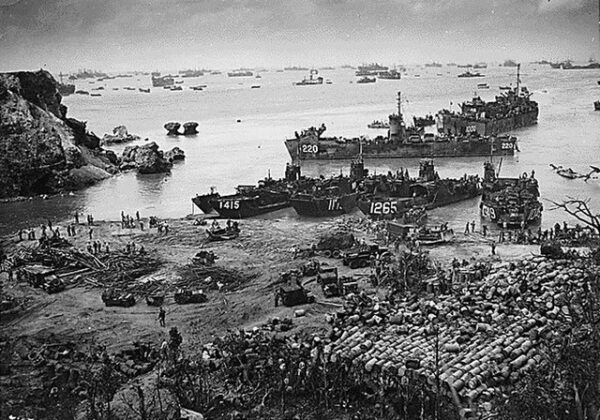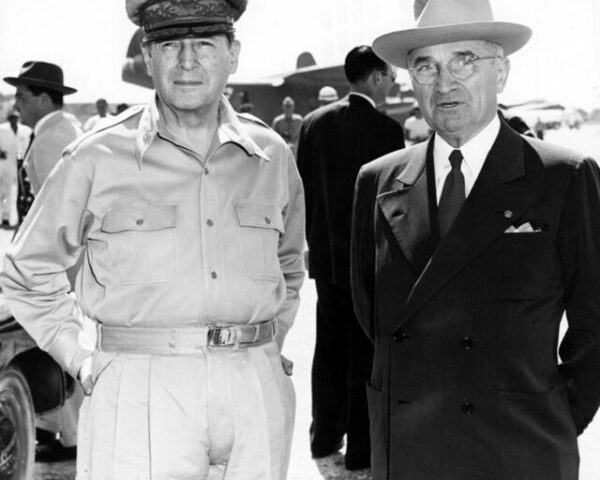On December 7, 1941, the United States was thrust into global war when aircraft of the Imperial Japanese Navy launched a sudden and meticulously coordinated attack on the U.S. Pacific Fleet at Pearl Harbor, Hawaii. The assault began early on a quiet Sunday morning,…
Read MoreIt’s a date that will live in infamy. Pearl Harbor. December 7, 1941. The Japanese sneak attack against the United States naval base on Pearl Harbor, Hawaii, not only changed the course of American history, but world history The attack, consisting of surprise aerial…
Read MoreOn October 20, 1944, General Douglas MacArthur made good on his promise and waded ashore on Leyte Island in the Philippines. Nearly three years prior, the charismatic general had been forced to leave the islands after the Japanese invasion, but he made a promise…
Read MoreSmokey Bear, commonly known as Smokey the Bear, stands as an enduring symbol of wildfire prevention in the United States. With his iconic slogan, “Only YOU Can Prevent Forest Fires,” Smokey has become a cultural figure representing the nation’s efforts to protect forests from…
Read MoreOn the morning of August 6, 1945, a single American B-29 bomber—Enola Gay—emblazoned with the name of the pilot’s mother, took off from the island of Tinian in the western Pacific. Its mission, cloaked in secrecy and unprecedented in history, was to bring a…
Read MoreOn July 28, 1935, a four-engine plane took a test flight from Boeing Field in south Seattle. When it rolled out of Boeing’s hangar, the company labeled it Model 299, but a newspaperman named Richard Smith dubbed the new bomber due to its many…
Read MoreOn June 25, 1950, North Korean forces crossed the 38th parallel in a coordinated and well-planned assault, sparking the Korean War. The invasion was a surprise, catching South Korean and American forces off guard. Within hours, the North Korean People’s Army (KPA) overwhelmed South…
Read MoreThe Pacific Theater in World War II took a major turn on June 21, 1945, when Allied forces defeated Japanese troops on the Pacific island of Okinawa, concluding one of the longest and bloodiest struggles of the conflict. Having already seized the other Ryukyu…
Read MoreThe Battle of Midway, fought from June 4 to June 7, 1942, stands as a crucial naval engagement in the Pacific Theater of World War II. This battle dramatically altered the course of the war by halting Japanese expansion and shifting the balance of…
Read MoreOn April 11, 1951, President Harry S. Truman made one of the most significant—and hotly debated—decisions of his presidency: he dismissed General Douglas MacArthur from his command of American forces in Korea and Japan. The announcement stunned the American public and ignited fierce political…
Read More